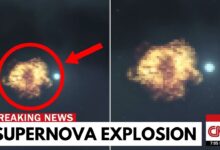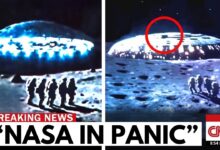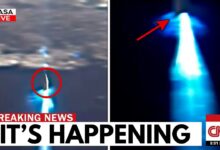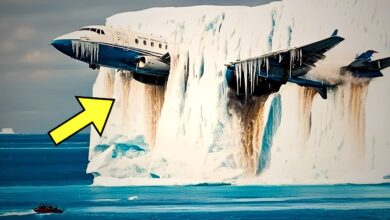Yellowstone Awakens After Mount St. Helens Tremors—Ground Rising at Alarming Speed!
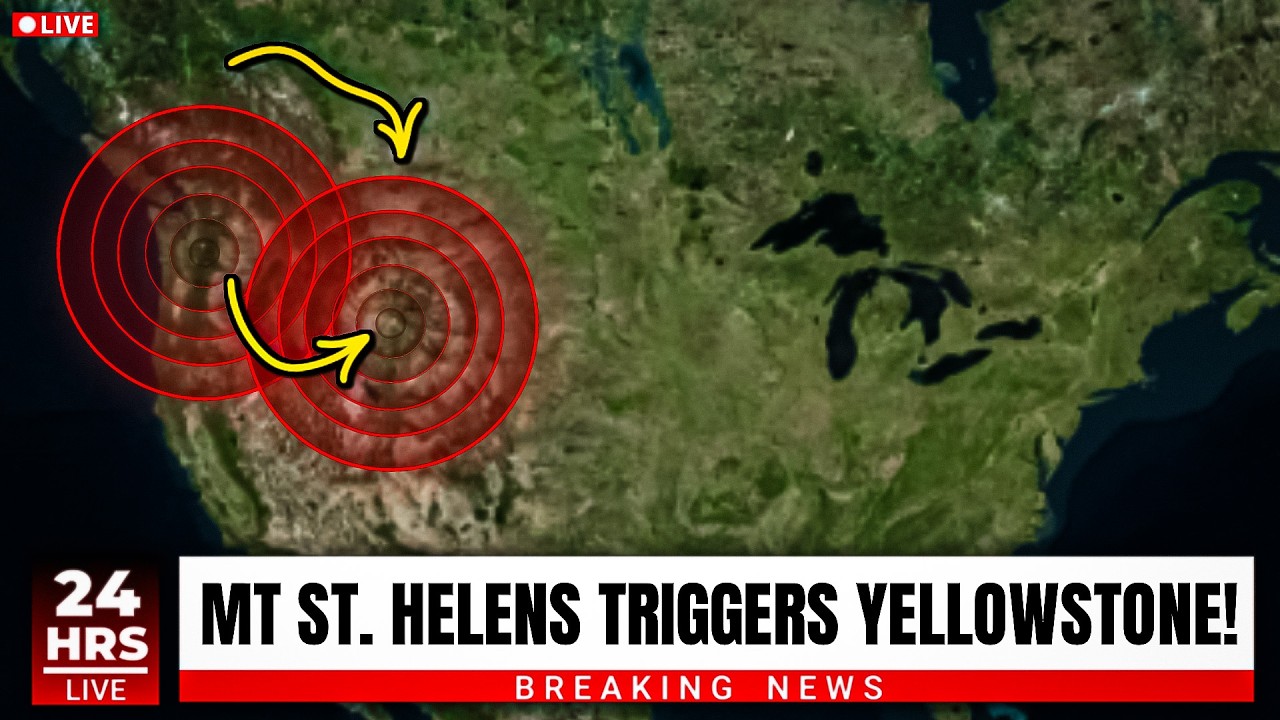
Newly installed cameras at Yellowstone National Park caught an eruption from the Black Diamond Pool last Saturday. Meanwhile, far to the northwest, a silent but undeniable tension has been growing beneath the slopes of Mount St. Helens.
For months, subtle geological changes have been unfolding — the kind that tell an ancient and complex story hidden beneath modern towns and forests. By early spring, the signs became impossible to ignore. Seismographs recorded an unusual cluster of tremors — hundreds of small quakes beneath the volcano’s northern flank, the same area that collapsed catastrophically in 1980. Most were too faint to be felt, but their sheer number — more than 400 between January and March — was remarkable.
Then came another clue: aerial and satellite data showed the ground swelling, centimeter by centimeter, week by week. Such deformation often means magma is rising, forcing its way upward through rock and soil. In 1980, that same swelling preceded one of the most destructive eruptions in U.S. history.
Adding to the unease, volcanic gas emissions surged. Sulfur dioxide levels tripled within weeks, accompanied by higher concentrations of carbon dioxide and hydrogen sulfide — gases often linked to rising magma. Wildlife reacted first: birds grew silent, elk herds retreated, and small animals became restless. Locals even reported a low, steady hum, like the drone of a distant engine. Instruments confirmed it — harmonic tremors, continuous seismic vibrations typically caused by magma moving through underground fractures.
But what made this episode especially unsettling was the possibility that Mount St. Helens wasn’t acting alone. Nearly 900 kilometers to the east, Yellowstone National Park — home to one of the world’s largest supervolcanoes — was showing its own signs of unrest. At the Norris Geyser Basin, Steamboat Geyser began erupting more often, in a pattern some found eerily in step with Mount St. Helens’ activity. Beneath Yellowstone Lake, seismic sensors detected long-period earthquakes — deep, low-frequency quakes linked to magma or hydrothermal fluid movement. GPS stations measured a slow uplift in the caldera, suggesting something was pushing upward.
While scientists don’t believe magma flows directly between the two volcanoes, shifts in tectonic stress from one could, in theory, influence the other. The term “cascade effect” began circulating — not only for the Cascade Range where Mount St. Helens sits, but for the idea that one volcanic event could set off another far away. Historical precedents exist: after Mount Pinatubo erupted in 1991, other volcanoes in the Philippines stirred. In Iceland, one eruption has sometimes altered pressures in nearby volcanic systems.
For now, both volcanoes remain quiet at the surface. Tourists still hike Yellowstone’s trails and wander Mount St. Helens’ slopes. But below, pressures build, gases rise, and magma moves unseen. Scientists know that silence doesn’t always mean safety — sometimes it’s the breath before the voice.
Modern monitoring — from high-resolution satellite radar to gas sensors and thermal imaging — gives scientists more warning than ever before. Communities near these giants have evacuation plans, lahar detection systems, and public drills. Even so, the risks remain. A moderate Mount St. Helens eruption could unleash deadly mudflows. A small Yellowstone eruption could blanket entire regions in ash, disrupt air travel, and poison water supplies. A full-scale Yellowstone supereruption — unlikely, but possible — would plunge the world into a volcanic winter, with catastrophic effects on agriculture, climate, and life itself.
The story of Mount St. Helens and Yellowstone is a reminder that Earth is alive, dynamic, and interconnected in ways we are only beginning to understand. Every tremor, gas spike, and ground shift is part of an ongoing planetary conversation — one we can now overhear with unprecedented clarity. Whether this ends in eruption or fades quietly, each episode adds to the knowledge that could one day save lives. The key is to act on that knowledge before the next chapter begins — because when it does, the world will want to be watching.
